Sweet Water Concentration Plant
We believe in providing top quality workmanship and are so confident in our level of service that we back.
We believe in providing top quality workmanship and are so confident in our level of service that we back.
A Sweet Water Concentration Plant is an industrial system designed to increase the concentration of glycerin-rich water, known as sweet water, by systematically removing excess moisture through controlled evaporation. This process is integral to industries such as fatty acid production, soap manufacturing, and biodiesel production, where the recovery of glycerin and the efficient reuse of water are essential for operational sustainability.
After purification, the sweet water is transferred from the purification chamber to the concentration chamber using a pump. The sweet water is then passed through a feed heater, preparing it for the evaporation process.
The preheated sweet water enters the 1st effect evaporator, where the temperature is elevated to approximately 130°C using steam at a pressure of 8-10 bar. Moisture is removed during this phase, and the sweet water is reheated within the 1st effect evaporator to ensure optimal concentration.
The concentrated sweet water then passes sequentially through the 2nd and 3rd effect evaporators. In the 2nd effect evaporator, the temperature is reduced to 80°C, and in the 3rd effect evaporator, it is further reduced to 50°C, allowing for additional moisture removal. This multi-effect evaporation process is designed to maximize efficiency and minimize energy consumption.
The condensate produced during the evaporation process is collected in a condensate receiver. This condensate is then reused as process water in the Splitting Tower, contributing to sustainable water management and resource optimization.
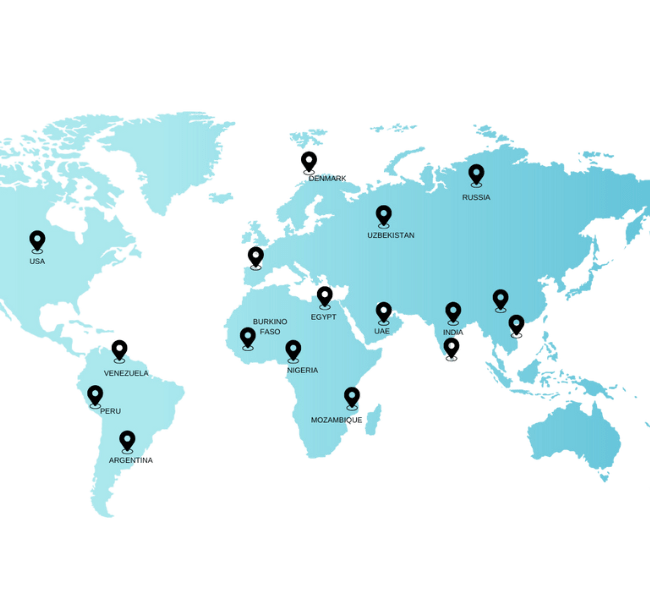
Strategies to ensure proactive domination. At the end of the day,User generated content in real-time will have multiple touchpoints for offshoring.

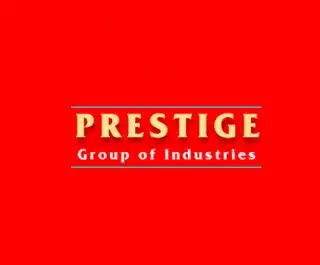


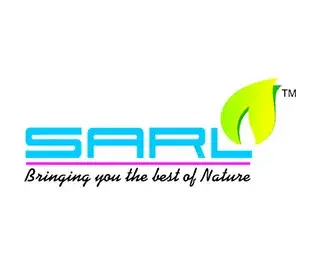

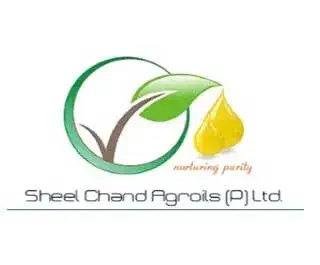



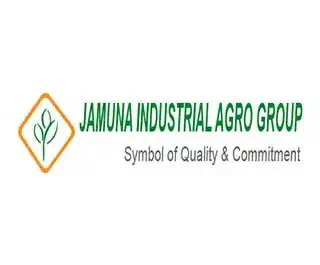





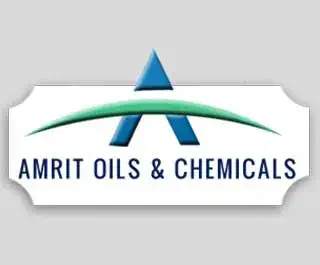


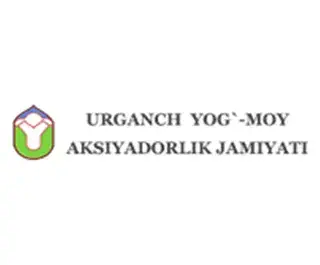


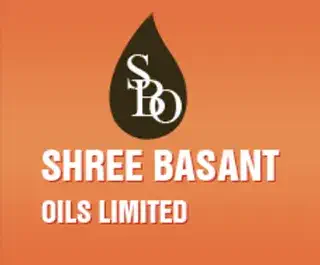
Discover some of the most asked questions regarding Sweet Water Concentration Plant.
The multi-effect evaporation process utilizes a sequence of evaporators with progressively lower temperatures, which increases evaporation efficiency while reducing overall energy consumption.